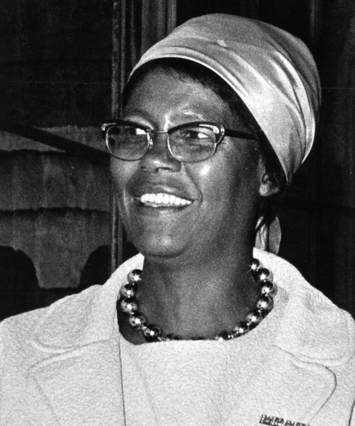A paper by Garth Mason, in the Journal for the Study of Religion (Vol. 28, No. 2 (2015), pp. 154-180).
Abstract
In this article I examine Philip Qipa (P.Q.) Vundla’s Moral Rearmament-inspired (MRA) politics with a view to explicating the previously hidden currents at work in his political activism. In my analysis, I draw on the theoretical frameworks of Paul Ricoeur and Homi Bhabha. In terms of these conceptual foundations, I investigate Vundla’s involvement in two foundational events in the history of the South African struggle, namely the school boycott of 1955 and the bus boycott of 1957. The official history of these two events, written by social historians such as Tom Lodge, interprets them as the dawn of mass opposition against apartheid. However, I contend that a closer analysis of these two events via biographical material reveals a more complex history, implicitly connected to the person of P.Q. Vundla and his politics of negotiation and finding common ground between opposing ideologies. Vundla stands out within this context because he was a nonconforming ANC leader, who disagreed with the way the party leadership approached political activism. His approach was driven by MRA values, which sought political solutions through dialogue and aimed to benefit all communities within South Africa. Vundla can be seen as an early forerunner of the bridge-building politics of Nelson Mandela. It is hoped that, by examining the role of MRA values in Vundla’s activism, a fuller, more complex account of politics in the 1950s can be arrived at.
English



